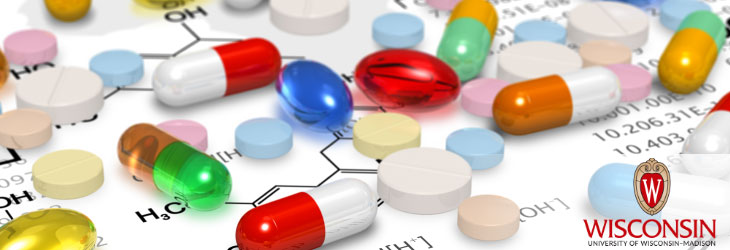Therapeutics & Vaccines

Hyperstable Collagen Mimics
WARF: P03226US
Inventors: Ronald Raines, Jonathan Hodges
The Wisconsin Alumni Research Foundation (WARF) is seeking commercial partners interested in developing a novel, hyperstable collagen mimic.
Overview
Collagen, the most abundant protein in vertebrates, serves as the fundamental structural protein for vertebrate tissues. Collagen is a fibrous protein consisting of three polypeptide chains that fold into a triple helix. Many diseases including arthritis, atherosclerosis, rheumatism, osteoporosis and osteogenesis imperfecta are linked to collagen abnormalities.
The Invention
UW-Madison researchers have developed a novel, hyperstable collagen mimic. This new collagen mimic consists of a tripeptide unit with the formula (flpYaaGly)n, where flp is 4(S)-fluoroproline, Yaa is any natural or modified amino acid residue, and n is a positive integer, preferably at least 7. The novel compound forms triple helices that are more stable than native collagen.
Applications
- Treating diseases associated with abnormal collagen, including arthritis, osteoporosis and osteogenesis imperfecta
- Developing new methods of wound healing
- May be useful as a component in artificial skin, a solder in tissue welding or a substitute for collagen in other applications requiring high strength
Key Benefits
- Forms a stronger and more stable triple helix than native collagen
- Provides a desirable alternative to collagen from cows, which might be contaminated by BSE (bovine spongiform encephalitis)
- Likely has a greater half-life in vivo than native collagen
Additional Information
Related Technologies
For current licensing status, please contact Rafael Diaz at [javascript protected email address] or 608-960-9847